Blind athletes do more than compete.
They inspire.
For the first time, the United States has a national blind soccer team. But the route to reaching the peak was even harder than you may think.
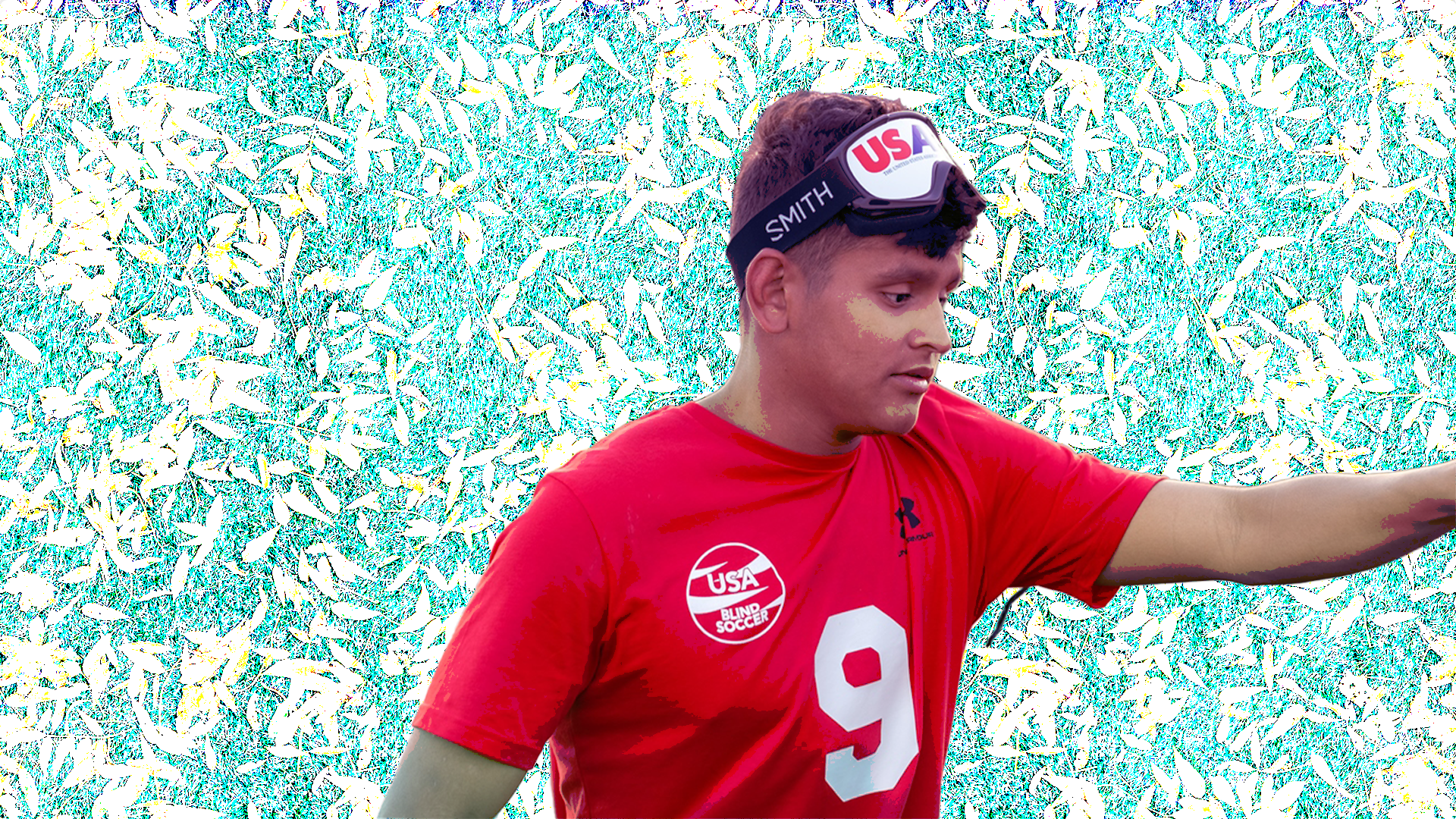
To listen to an audio version of this story — narrated by the author with sound from those mentioned in the story — click the button below.
The interpretation of a sound depends on the perspective of the person who hears it.
Take the roar of a crowd in an arena, for instance. It can energize some and intimidate others. The high-pitched note of a whistle can signal the start of a game or the end of it. And while the rattle of a soccer ball may go unheard to a fan, it is a precise signal for blind soccer players.
Blind soccer may be unknown to many fans, but it has been a part of the Summer Paralympic Games since its 2004 debut in Athens, Greece. Blind athletes from around the world participate in what is commonly referenced as “the beautiful game,” one meant to be enjoyed by all regardless of wealth or physical standing because of the artistic quality of the sport that transcends the action itself.
For the blind, however, the game’s beauty existed only in their imaginations. Like many sports, soccer remained a near impossibility for people with disabilities. Sports in general were often inaccessible, whether through a lack of funding or understanding. There were no American blind soccer role models, no team to be inspired by and no tangible reason to believe it was possible in the country.
Until now.
For the first time, the United States will be represented in international soccer competitions for blind athletes. The U.S. blind soccer men’s national team officially formed in January 2022 and played its first international friendly in Canada in March 2023.
Bill Kellick, the communications manager for the U.S. Association of Blind Athletes, said the organization noted the lack of a U.S. blind team in the world’s most popular sport. Given that Los Angeles will host the 2028 Paralympics, the timing to launch a team turned out to be just right.
“The sport didn't really have a governing body to oversee team selection and team training, high performance and things like that,” Kellick said. “But now that we knew (we were) hosting the Games in 2028 — that we automatically qualify for the event — it put us on the fast track to develop this program.”
The program itself is a marvel of a process. The team must consist of players who meet certain visual impairment parameters set by the International Blind Sports Federation — B1, B2 and B3 levels.
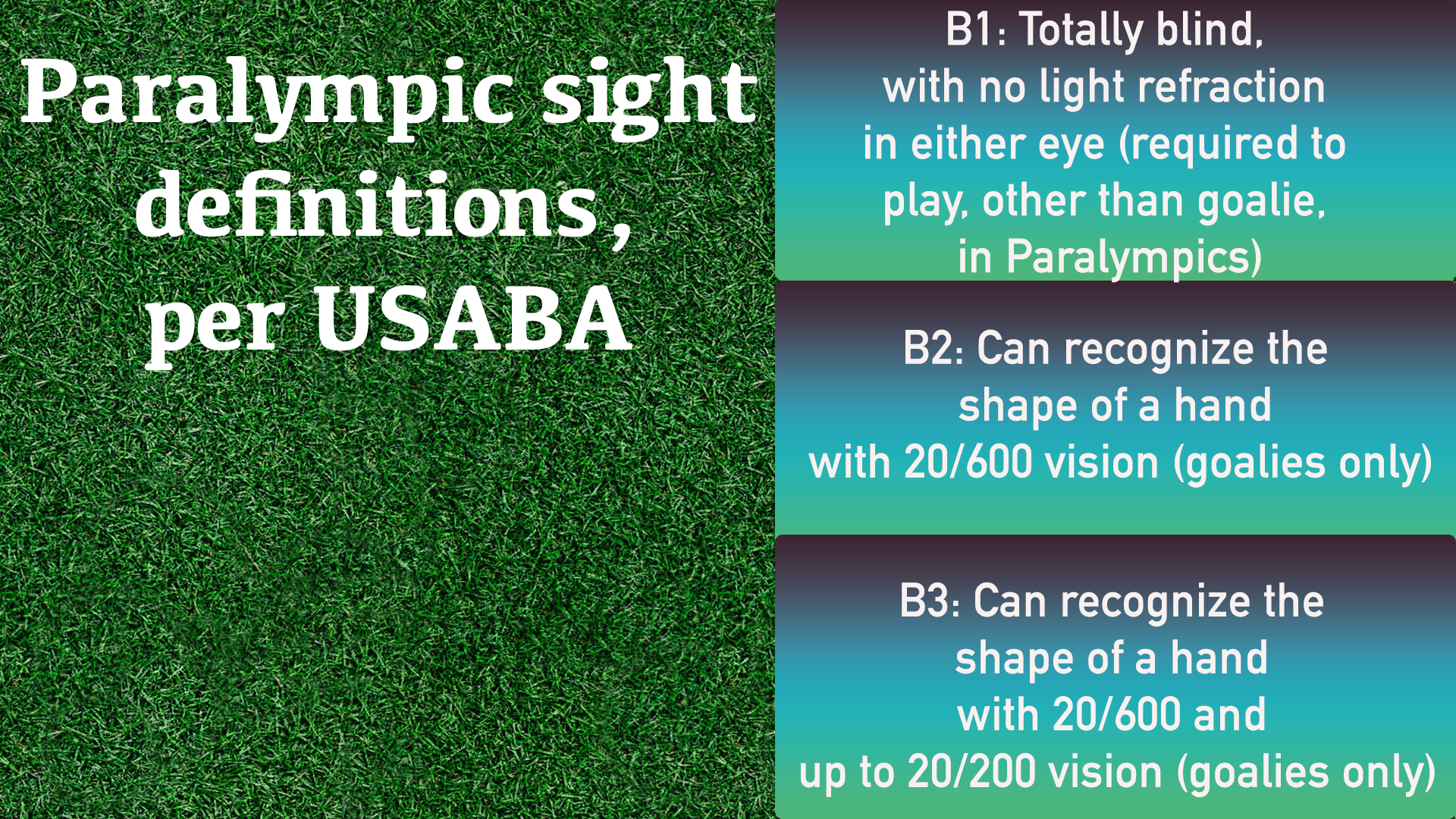
(Information from the United States Association of Blind Athletes)
(Information from the United States Association of Blind Athletes)
The national team banded together a group of people who were all too used to defying society’s standards for the blind community. Today, they wear the same crest draped in American jerseys, with different routes to becoming the role models they could’ve used themselves growing up.
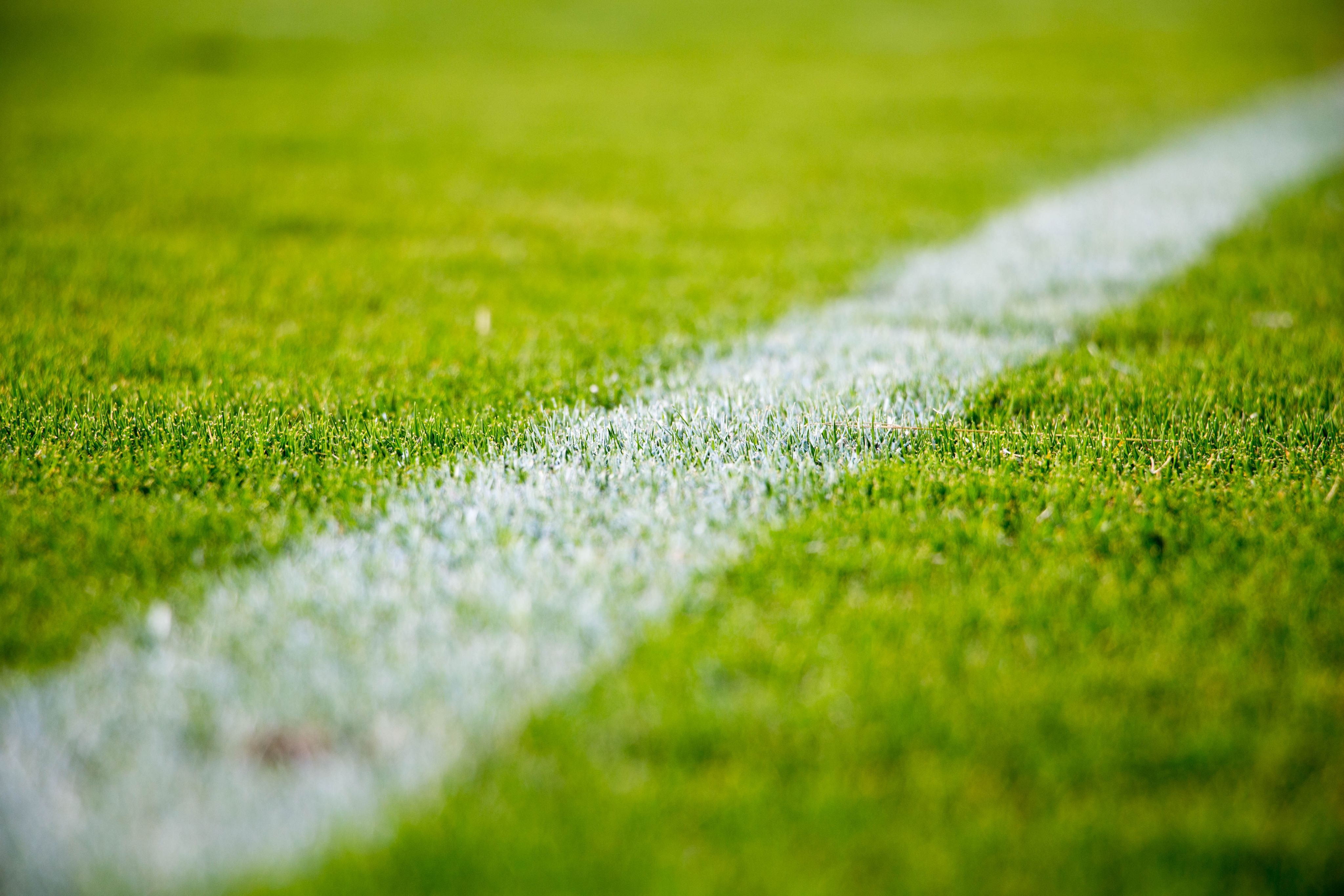
David Brown learned Braille from a young age at the Missouri School for the Blind, but that’s not the only language he knows. He enjoys a musical lingo that he learned from a young age, and with that tongue, there’s a note of determination and drive that epitomized a person who would become a record-setting Paralympian.
Since he is completely blind due to contracting Kawasaki disease — a disease that can cause glaucoma and subsequent blindness — as a kid growing up in St. Louis, Missouri, he started to learn music through an auditory process in school.
“Our teachers (are) literally telling us, what's the keys, the beats and stuff like that,” Brown said. “All of us were really good at tempo … we were familiar with the song that we were playing, but then we started learning Braille music.”
Auditory learning worked but required a peer. Playing independently meant Brown must learn how to read music sheets in Braille, which he said came as a serious challenge.
“Braille is just a whole different kind of language,” Brown said. “Now you got grade one Braille, grade two Braille, grade three Braille, you got math Braille, you got music Braille, computer Braille … to me picking up a sport is second nature. (Learning Braille) took a lot of time, effort and a lot of grind.”
It also allowed Brown to process and express some internal struggles. Brown came from a single-parent household with himself, his mother and his sister. Without a father figure to look up to, 16-year-old Brown didn’t know where to go next.
“It hit me that here I am getting into a mode of manhood,” Brown said. “And I don't really know who I am as a man. I don't know even who I am as an individual.”
And so, music, like playing sports such as wrestling and goalball (a game based on throwing a ball with embedded bells into a goal), became a way for Brown to find out who he really was and confront those feelings. His personal faith, carried with him to this day and prevalent in all of his social media content, is also a constant in his life.
“I would literally just go into my room just put on just a song that matched where I was, I guess,” Brown said. “It was crazy, just based off of what the song was talking about, it just got me sad. And so, I just started crying, and praying because of course, my faith is very important to me. But I was just crying and praying and just using that song to help me get through those emotions and express those emotions right there in my room.”
He plays the piano and the drums, mainly. Whether he was playing on his own or with his church group, there was a way for Brown to learn how to become a man. In doing so he became nationally recognized as one of the world’s greatest blind runners.
Brown is no stranger to representing his country. He earned a gold medal in Rio in 2016 and set a Paralympic record for the men’s 100m run (10.99 seconds, running with his sighted teammate Jerome Avery). It was his second trip in what would eventually be three Paralympic appearances for the U.S.
But this year, when he’s doing his usual training — running track from 10 a.m. to 12:30 p.m. before lifting for another hour — Brown adds an extra set of training afterward. He laces up the cleats and goes out for soccer practice for another two hours.
And funny enough, joining the national team for blind soccer wasn’t the plan. In fact, Brown didn’t even know the team existed until a representative from the United States Association of Blind Athletes came running up to his car when he was prepared to leave.
“I got mistaken to be one of the blind soccer players because of course, they didn't know that there were already blind and visually impaired people here training — they didn't know that that was a thing,” Brown said. “So, I've heard of blind soccer throughout my high school and all this other stuff in various adaptive sports, but as it kept being said, there's not a team here in the United States.”
Brown said he immediately requested information — he has always loved being a multi-sport athlete — and decided to attend a training camp in November 2021. At that point, Brown knew nothing about blind soccer. So, he did what any student of the game would do and binged videos on the sport to learn more.
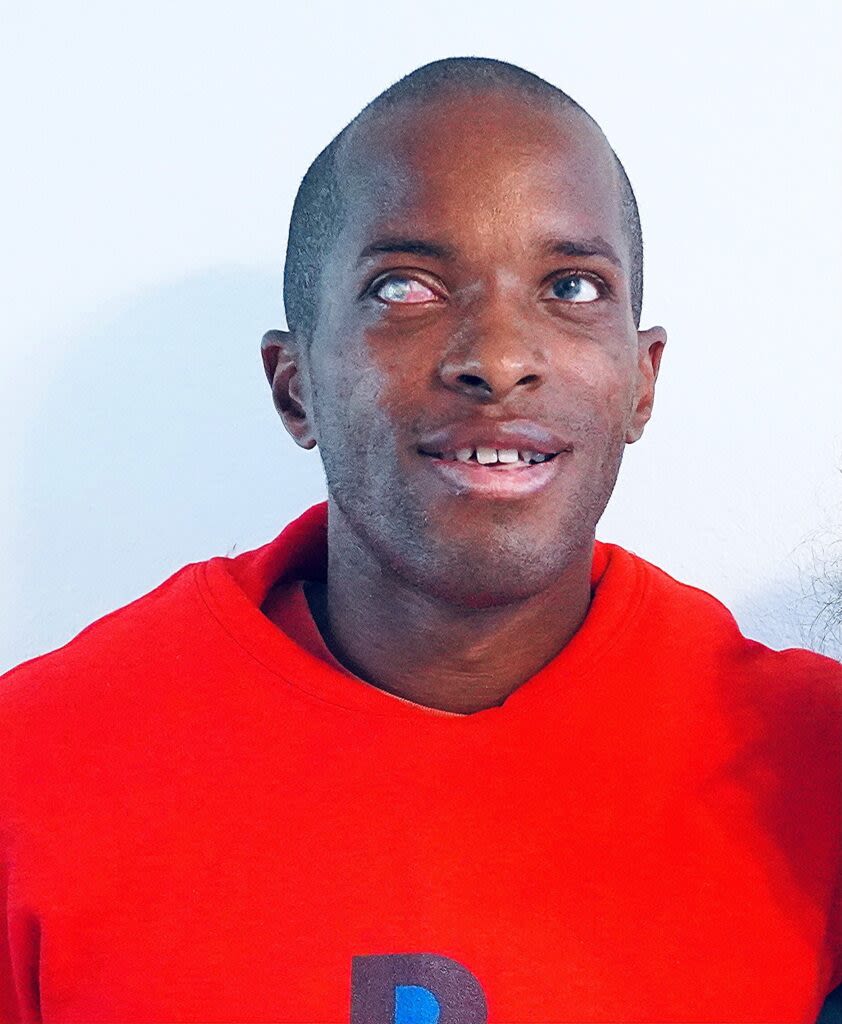
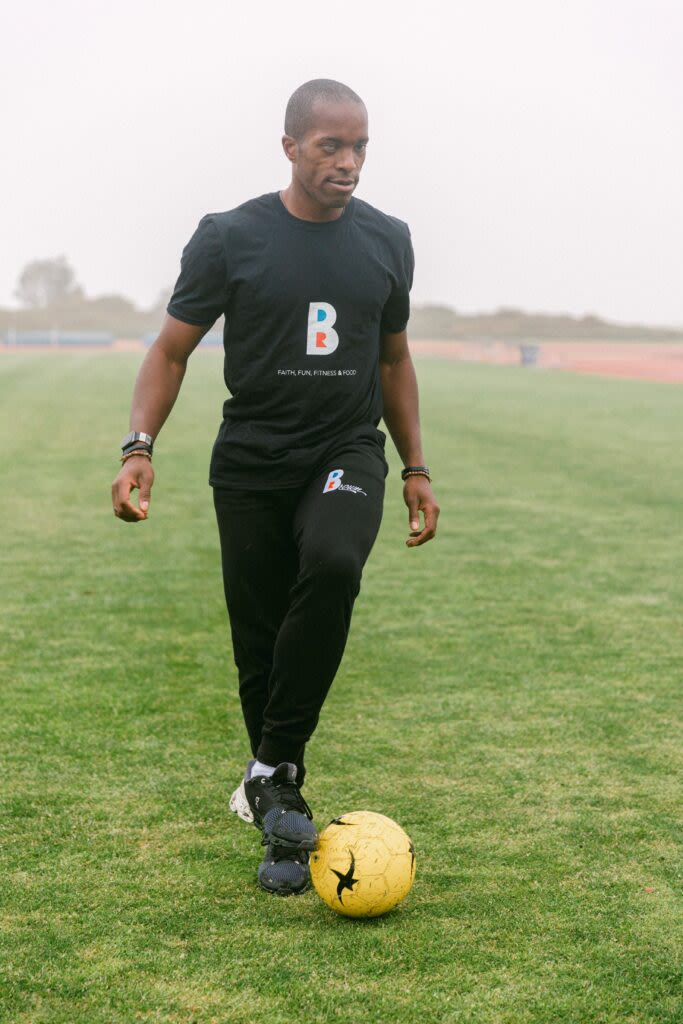

Today Brown is an ambassador for the team, a role he may have never had if he didn’t reach out to Kevin Broussard — who at the time was the programs and finance director for the USABA — prior to the November training camp.
Recruiting Brown made too much sense as Olympian-level talents that fit the requirements of a blind soccer national team were rare.
“There's just not a lot of blind people that are in the U.S., and the vast majority of those who are blind are not what we've considered the traditional athletes, as they tend to be older people,” Broussard said. “And then when you look at the athletes that are blind, you have to pare that down to the B1 athlete, and that only makes up about 10% of the legally blind people in America. Only about 10 people in that small group are going to be B1 athletes.”
A blind Paralympian himself — winning three gold medals across shotput and discus while also competing on the national judo team in 2018 — Broussard knows better than most the physical and mental demands of a Paralympian. He emphasized the desire and passion needed to represent one’s country, a sentiment Brown shared with the blind soccer national team in what Broussard called “the best speech he’s ever seen.”
“It was talking to the athletes about what it takes to be an elite level, athlete, the commitment it takes getting up early, pushing yourself and knowing that you are one of the selected few to represent the USA, and you need to take advantage of this opportunity,” Broussard said. “You need to give everything you can for your teammates for the country because this opportunity does not come to many people.
“And you know, by the end of the speech, some of the athletes were in tears, there was a lot of emotion. It really spearheaded the formation of what came to be the national team about a year or so later.”
It cannot be understated the importance of the team. It seemed like an impossibility when these same athletes were growing up. Some lacked basic access to athletics due to school funding. Others played sports with their friends, lost their sight and were all but removed from athletic competitions.
Broussard recognized that the blind soccer national team is tangible proof of what can be accomplished through hard work and dedication, regardless of any physical limitations.
“One thing I heard from a lot of athletes as the game was growing across the country that a lot of their siblings would play soccer when they were young,” Broussard said. “And the blind athlete was always excluded because of that because they couldn't play and they so desperately wanted to play soccer for a very long time, but there just was not opportunity. So, for blind soccer to come along to give them that same experience of joy that their siblings had, their family and friends had, was so meaningful to them.”
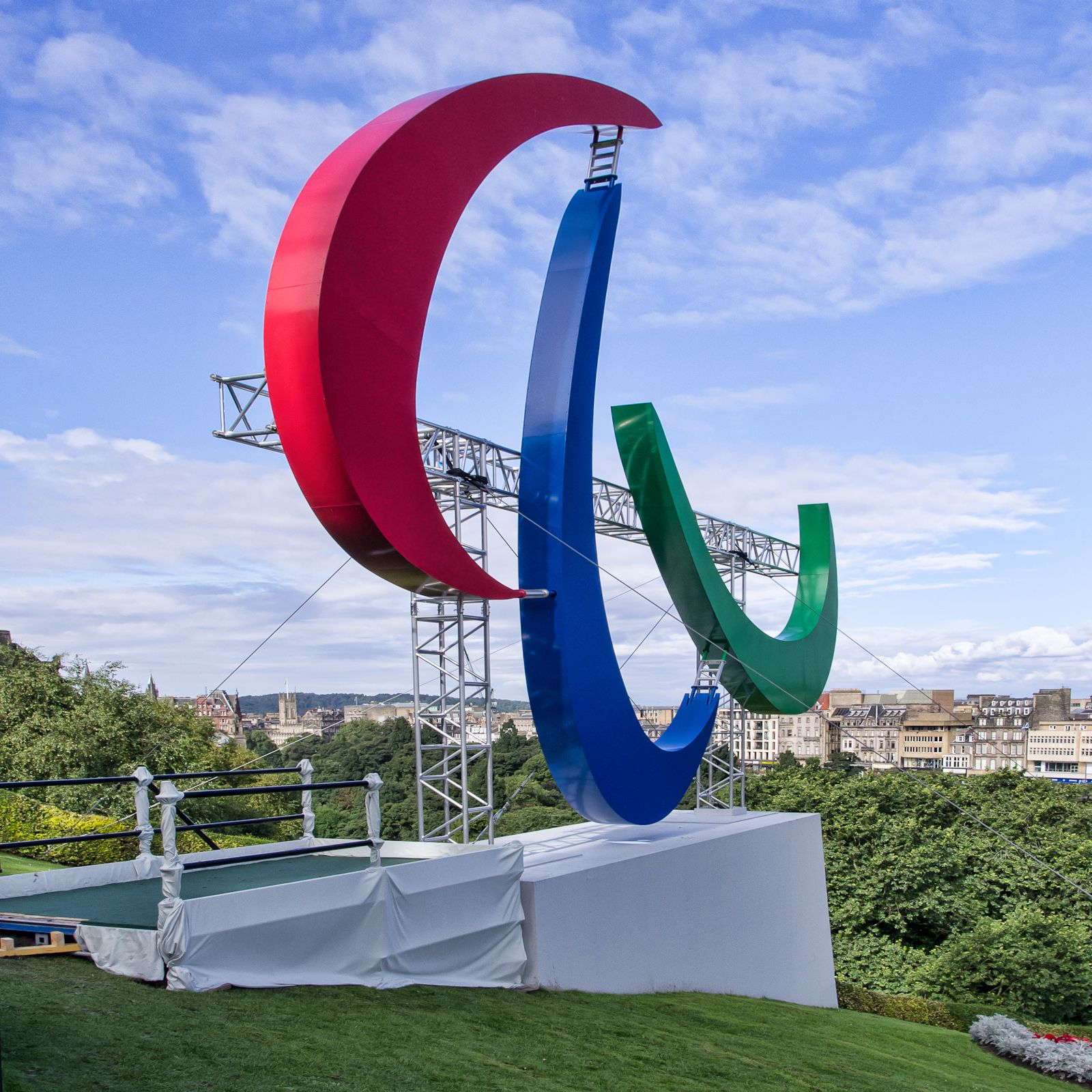
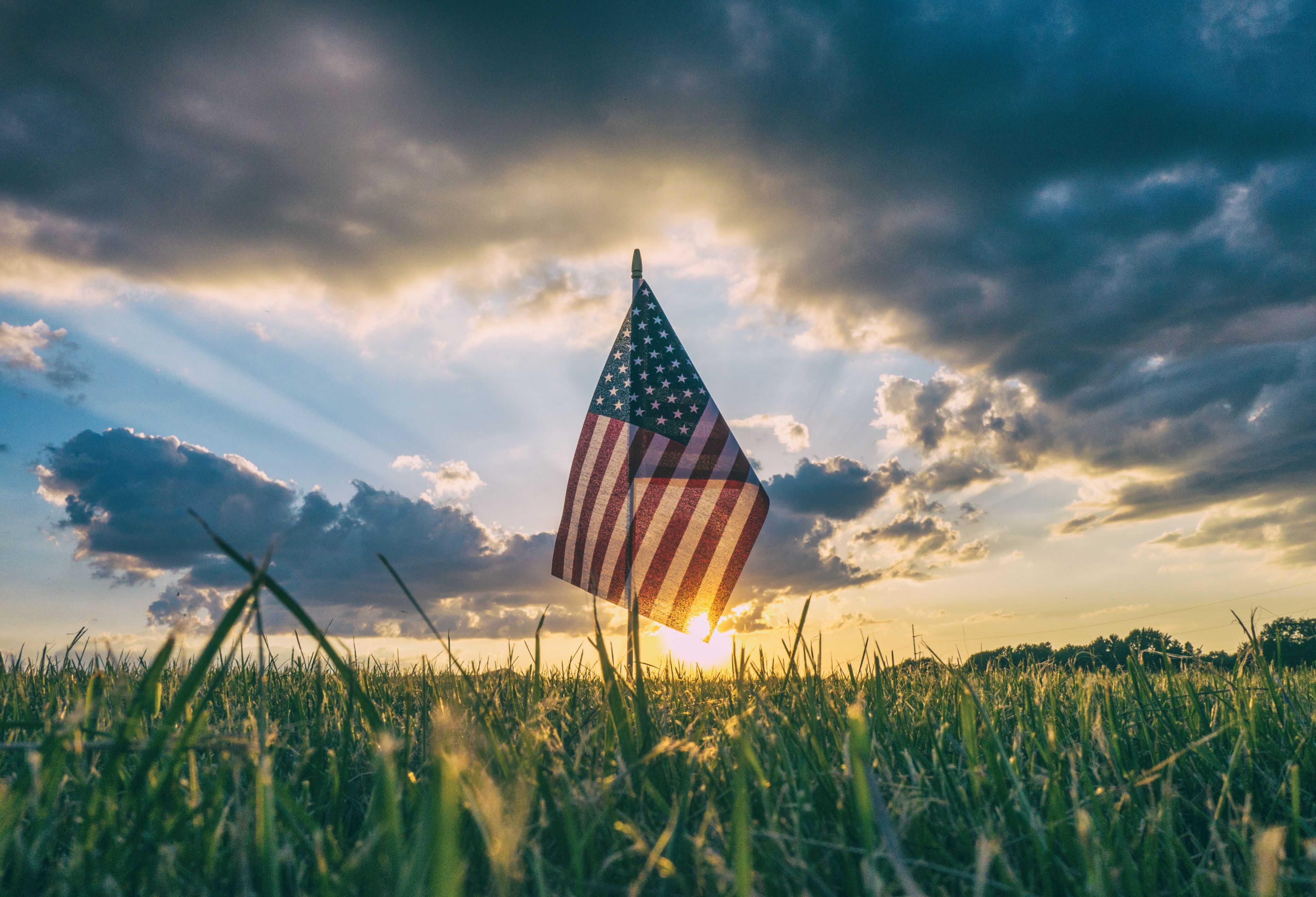
That feeling of exclusion is something Ricardo Castaneda, another member of the national team, was all too familiar with growing up. He played soccer, football and Little League baseball. Castaneda didn’t know it at the time, but he was playing through a genetic disease called pars planitis, which progressively diminishes one’s vision.
Following an incident where 7-year-old Castaneda accidentally ran into an indoor wall due to his depth perception, he was told he couldn’t play soccer anymore.
By age 11 he developed glaucoma as well as a few other conditions, and said he lost half his sight. He had 20/400 vision in his left eye and 20/600 in his right.
“Something that you see 20 feet away, it looks like 400 feet away from me,” Castaneda said. “So same thing with (20/600, 20/800), and so on.”
Castaneda ended up attending the Texas School for the Blind and Visually Impaired at 12 years old and with the help of his mother, he gradually learned how to work around his blindness. He still attended public school for AP courses, and you better believe that Castaneda wasn’t ready to give up sports.
“I've always been told, ‘Hey, sit down in this in this corner, here's a ball. You can play with this. But don't move out of this corner,’” Castaneda said. “And I would move out of the corner and go play with the other kids or whatever. Because I didn't want to be left out. I didn't want to be felt different.”
He participated in everything he could, from swimming to goalball to jujitsu. Wrestling stood out the most, where a recreational independence instructor pushed him to compete competitively. But when Castaneda pushed to join the wrestling team at McCallum High School, the coach dismissed him immediately.
“I went to a coach at McCallum, and I was like, ‘Hey, can I come practice with you? Because I want to get into district (tournaments),’” Castaneda said. “And then he was like, ‘Yeah, you can come practice those. But you can't join the team.’ I already knew why. I mean, I'm blind and he thought that I couldn't.”
So, Castaneda put those words to the test. The high school coach lined the 152-pound Castaneda up with a 120-pound wrestler, who he quickly beat. Next up was the 140-pound student, who ended up kissing the mat as well. When Castaneda mopped a 160-pound student he asked the coach again if he could join the team.
No, said the coach. But his story continued.
Castaneda kept going to practices, staying after classes in the Austin-based high school despite being several hours from his home in Dallas. Meanwhile, after his recreational independence instructor supplied him with identified professional trainers and helped him submit some paperwork, Castaneda found himself competing at wrestling meets. Sure enough, those same McCallum coaches appeared.
“Right after the meet, he comes up to me and my coach, and he says, ‘Anytime you want to join our team, you can join,’” Castaneda said. “And it kind of hit me and I was like, ‘Oh, man, I guess this is why I do sport, right, to get into other things?’ But it's just like, somebody told me I couldn't do it. He told me I couldn't do it. So, I just want to go do it myself.”
That same fighting spirit led Castaneda to the national team, where he continues to serve as an inspiration to his peers. He represented the team at a Los Angeles clinic where he met a father-son duo that spoke Spanish, just like Castaneda.
“The father was telling me how he's never kicked the ball with his son,” Castaneda said. “He's tried before, but it's always failed, and they always get frustrated and just drop it and forget it. And he was telling me how this is the first time he ever kicked the ball with his boy.”
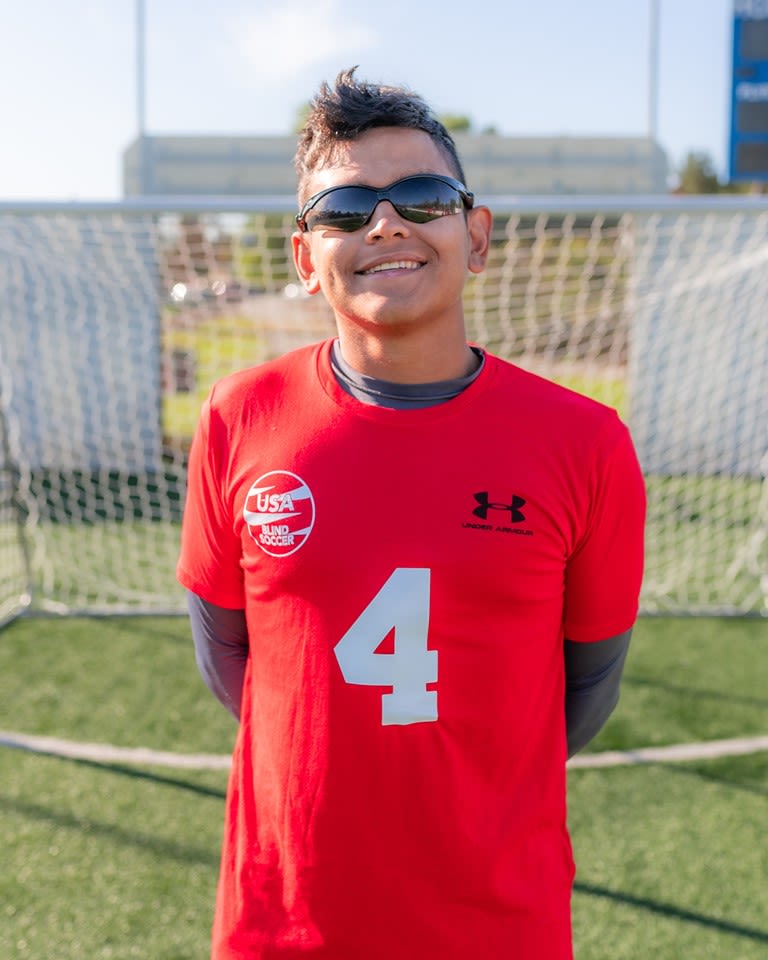
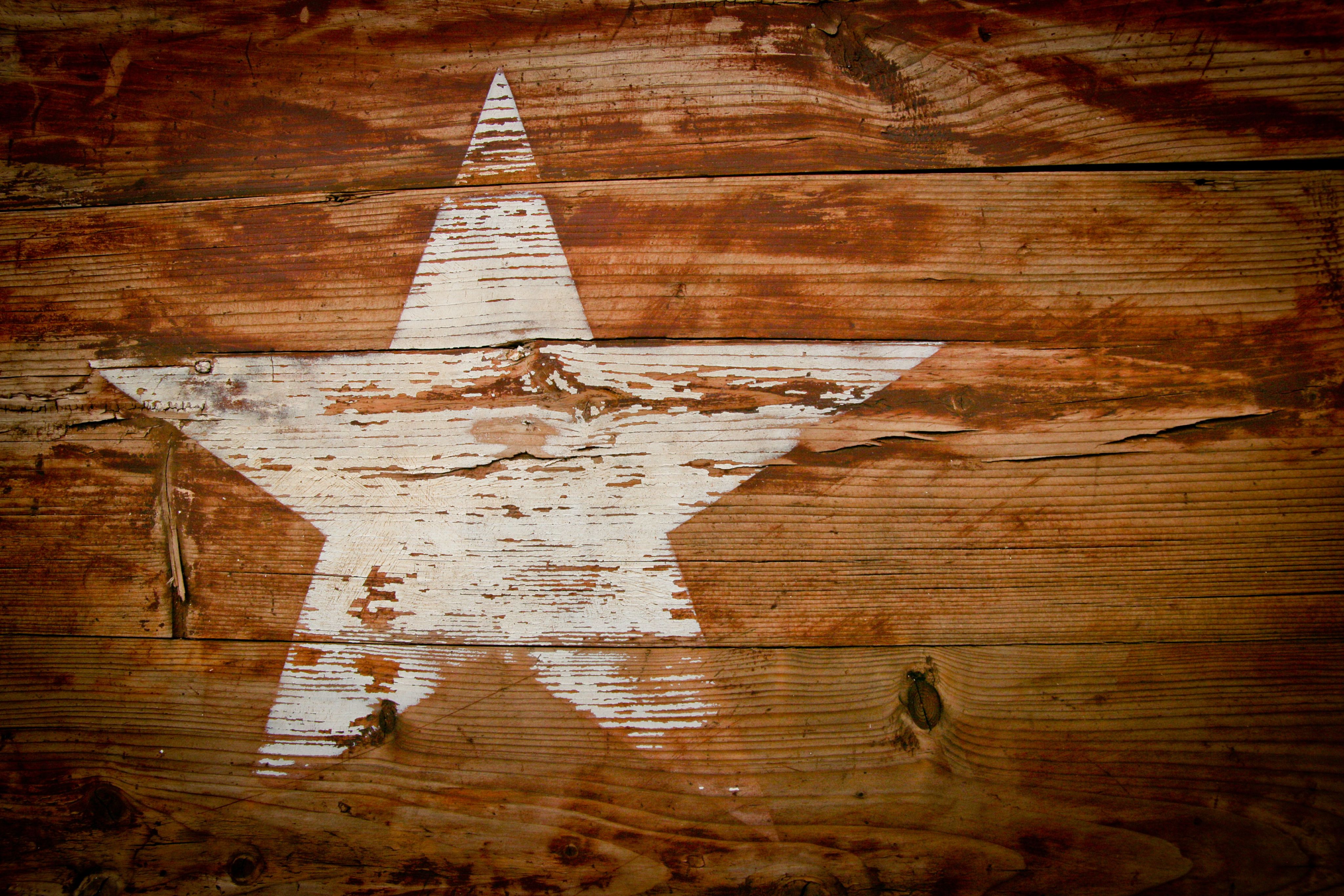
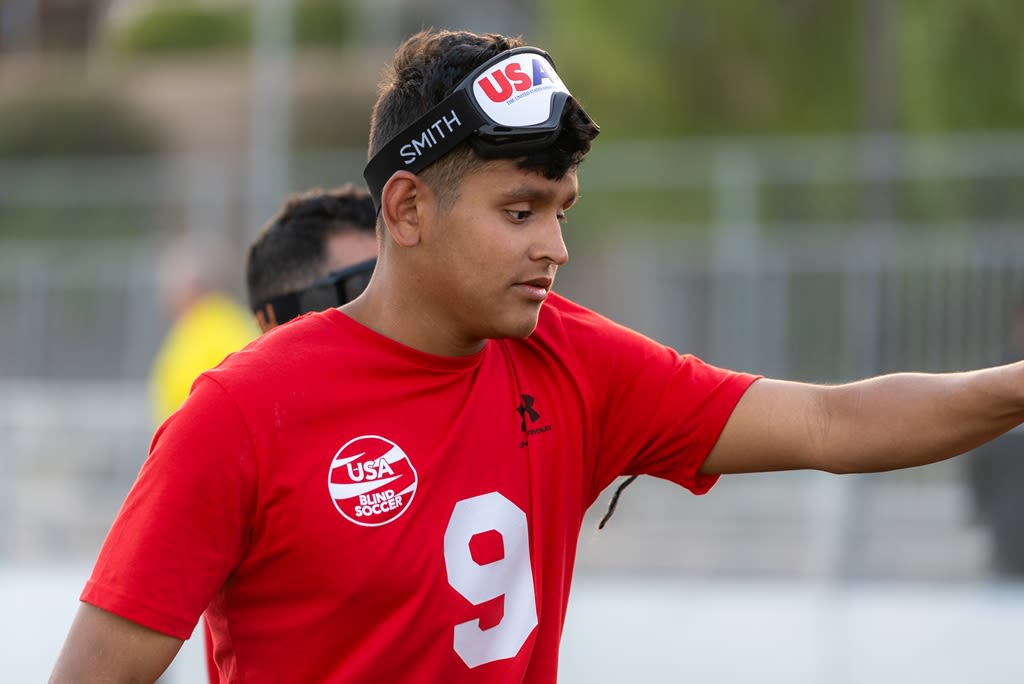
Chances are good that Handi Life Sport manufactured that very ball. The company, based in Denmark, specializes in supplying sports gear for blind athletics from modified bocce balls to croquet to, of course, soccer.
But Jens Bromann, president of Handi Life, would prefer to see his company as more than another Nike retailer. Bromann suffered a pistol shot to the head at age 10 that cut his sciatic nerve, causing blindness. Today, Handi Life is a way to give blind children the same opportunities in sports as everyone else.
“When I was young and started up doing sport for the blind, I often felt like a second-rate citizen because the sports facilities that disabled persons got were not as good as for (the) able-bodied, and our sports equipment was not too good either,” Bromann said.
So Bromann grew up to be the president of the Danish sports movement for the disabled, as well as vice president of the International Paralympic Committee. And, of course, he founded Handi Life to supply the sports materials he didn’t have himself growing up.
The Blue Flame Handi Life ball is used for Paralympic blind soccer events and was used in the national team’s 1-0 international friendly victory over Canada in March. It holds six different sound devices underneath the pentagon panels, which rattle when hit to signal where the ball is for the blind players.
“If you use five or four (sound devices), you cannot place it in the way that the ball is balanced,” Bromann said. “So, by using six sound devices, you get a correct soccer ball with a correct balance.”
Bromann stressed the quality of the ball — which is around the same size as a size 3 futsal ball, although they also make full-size ones — is of the same caliber as a normal soccer ball. If you took the sound devices out, the ball could be used for any competition.
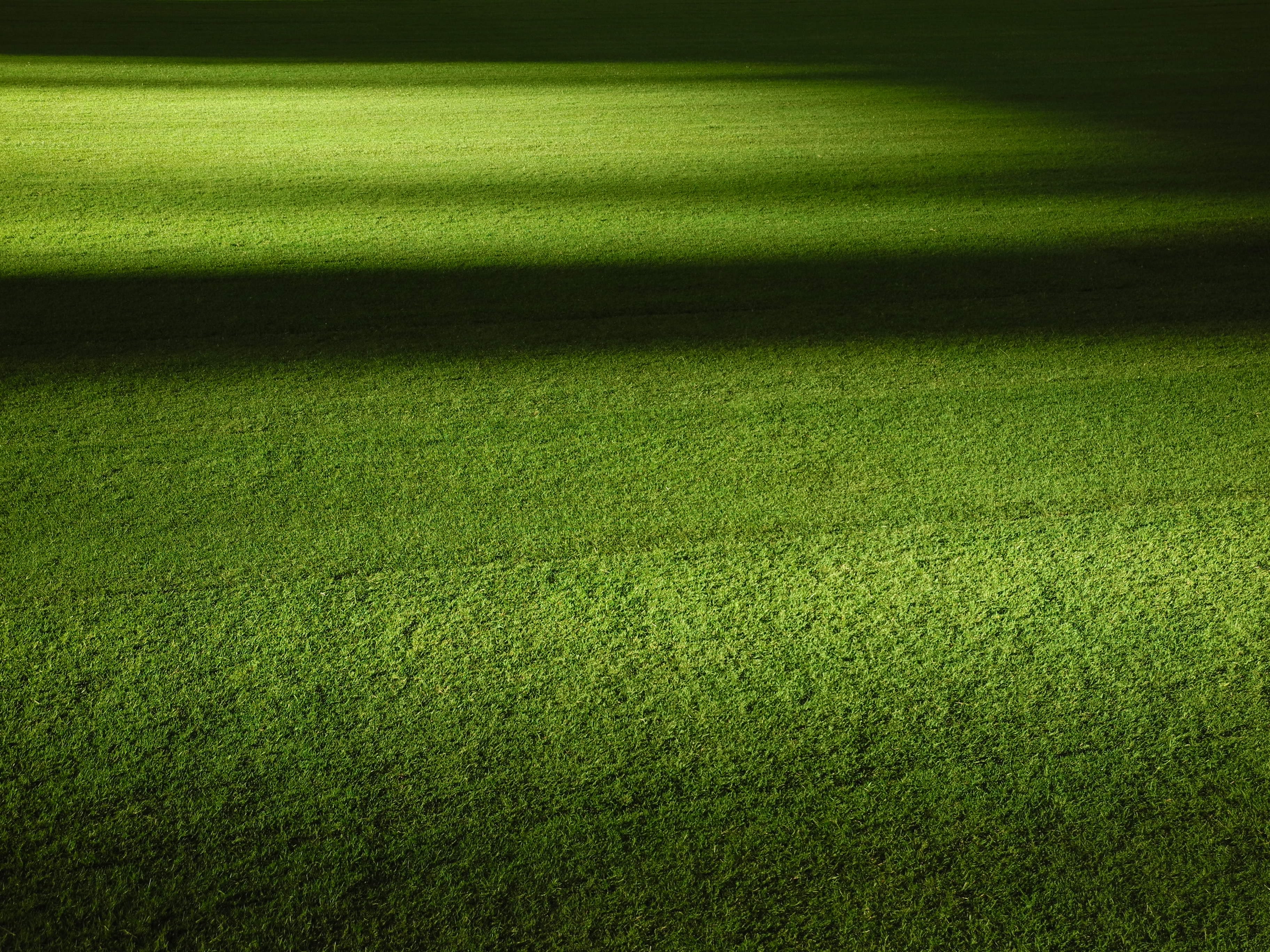
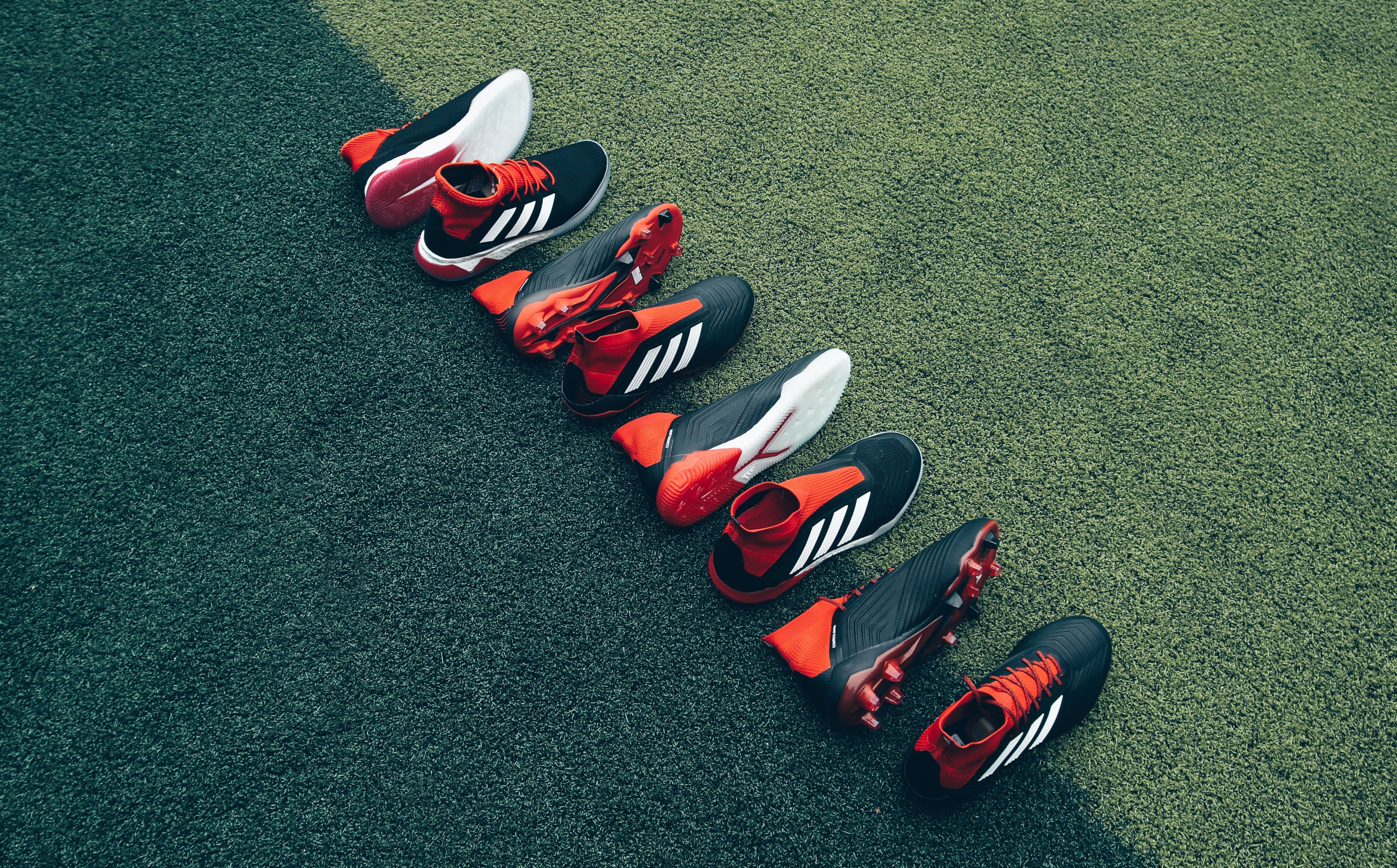
Combined with coaches on different sidelines calling out signals on players’ surroundings and an enclosed field to fit the five-on-five matches the ball is another way for the sport to be accessible to all. All but the goalies wear eyeshades, which Handi Life also produces.
And if you were wondering how the players can hear all that — coaches yelling, teammates calling for the ball, the ball itself rattling — think of blind soccer a bit like tennis.
“Sometimes the referee has to stop the game and ask the audience to calm a little bit down and be silent,” Bromann said. “But then of course, when the goal is scored, and when the ball is not in play, then the spectators can scream and shout and clap their heads.
“And so, they do.”

The team doesn’t practice together all that much. There are just four scheduled camps in 2023 — in March (when it played Canada), July, October and December — partly due to the proximity. Players are spread out across the country, making it impossible to schedule routine practices.
“(There are) so many stories from our athletes on the team and elsewhere where — they may have lost their blindness, whether to an accident or just gradually — and initially, that's obviously a shock to anybody,” Kellick said. “Depression sets in. ‘How do I go on? Is there anything I can do?’ And then they find the sports, whether it's goalball or blind soccer, and it gives them purpose.”
The national team’s Paralympic debut is still years away. Kellick knows there’s a lot to do before the team will be considered the best of the best. Brazil has won every game it's played in the Paralympics, with four titles since 2004. Argentina has won silver and bronze medals in Tokyo and Rio, respectively. France, Iran and Morocco have secured medals themselves in recent years, showing blind soccer’s reach as the fastest-growing Paralympic sport.
But in a way, winning is not the most important part of this team. The inspiration the sport and the team shared with blind youths across the country is something worth talking about.
Not because these athletes are blind. But because they’re strong enough to not let anything or anyone but themselves control their lives. And perhaps, that’s what “the beautiful game” is all about.


